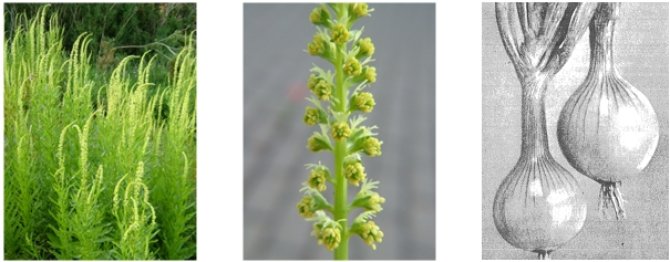
Natural Yellow Dyes for Textiles Revisited
Overview:
Natural pigments have been used for textile dyeing for thousands of years1 . Natural yellow dyes can be flavonoids, carotenoids, curcuminoids and alkaloids2 . Historically, flavonoid dyes are the major class from the European perspective3 . The growing awareness of consumers to the environmental and trading issues related to their textile production has led to a renewed interest in the use of natural pigments for textile dyeing. The on-going project Natural Yellow Dyes for Textiles Revisited aims at developing a non-toxic, economically and technically competitive process for producing a yellow dye product from a natural vegetable source. Due to several reasons, including historical use and natural habitat, Reseda luteola (also known as weld) is the project’s core-plant species. Agricultural and industrial wastes can also be used for the extraction of natural dyes4 . The industrial partner has already studied the dye obtained from onions (Allium cepa) outer scales. At a later stage of the project, we envisage to take a further look at it. To round up the project, we intend to address the issue of the poor light fastness exhibited by some natural dyes, e.g. the one from onions outer scales, by the use of additives5.

Fields of interest:
Natural dyes for textiles; flavonoids; textile dyeing; agricultural and industrial wastes for the extraction of natural dyes; light fastness of dyes; natural products chemistry
Financial support:
Wageningen University; CAPES / Brazilian Ministry of Education – Brasília, Brazil; Rubia Pigmenta Naturalia
References:
(1) Schweppe, H. Handbuch der Naturfarbstoffe. Vorkommen, Verwendung, Nachweis., 1st ed.; Ecomed: Landsberg/Lech, 1993.
(2) Cardon, D. Natural Dyes: Sources, Tradition, Technology and Science, 1st ed.; Archetype Publications: London, 2007.
(3) Ferreira, E. S. B.; Hulme, A. N.; McNab, H.; Quye, A. Chem. Soc. Rev. 2004, 33, 329-336.
(4) Bechtold, T.; Mussak, R.; Mahmud-Ali, A.; Ganglberger, E.; Geissler, S. J. Sci. Food Agric. 2006, 86, 233-242.
(5) Cristea, D.; Vilarem, G. Dyes and Pigments 2006, 70, 238-245.
(6) Fenwick, D. A Photo Flora of the Devon and Cornwall Peninsula - Annuals, Bulbs and Perennials Gallery: Reseda luteola - Weld / Dyer’s Rocket. 2006, http://www.aphotoflora.com.
(7) Hayward, H.E. The Structure of Economic Plants, 1st ed.; Verlag von J. Cramer: Lehre, Germany, 1967.